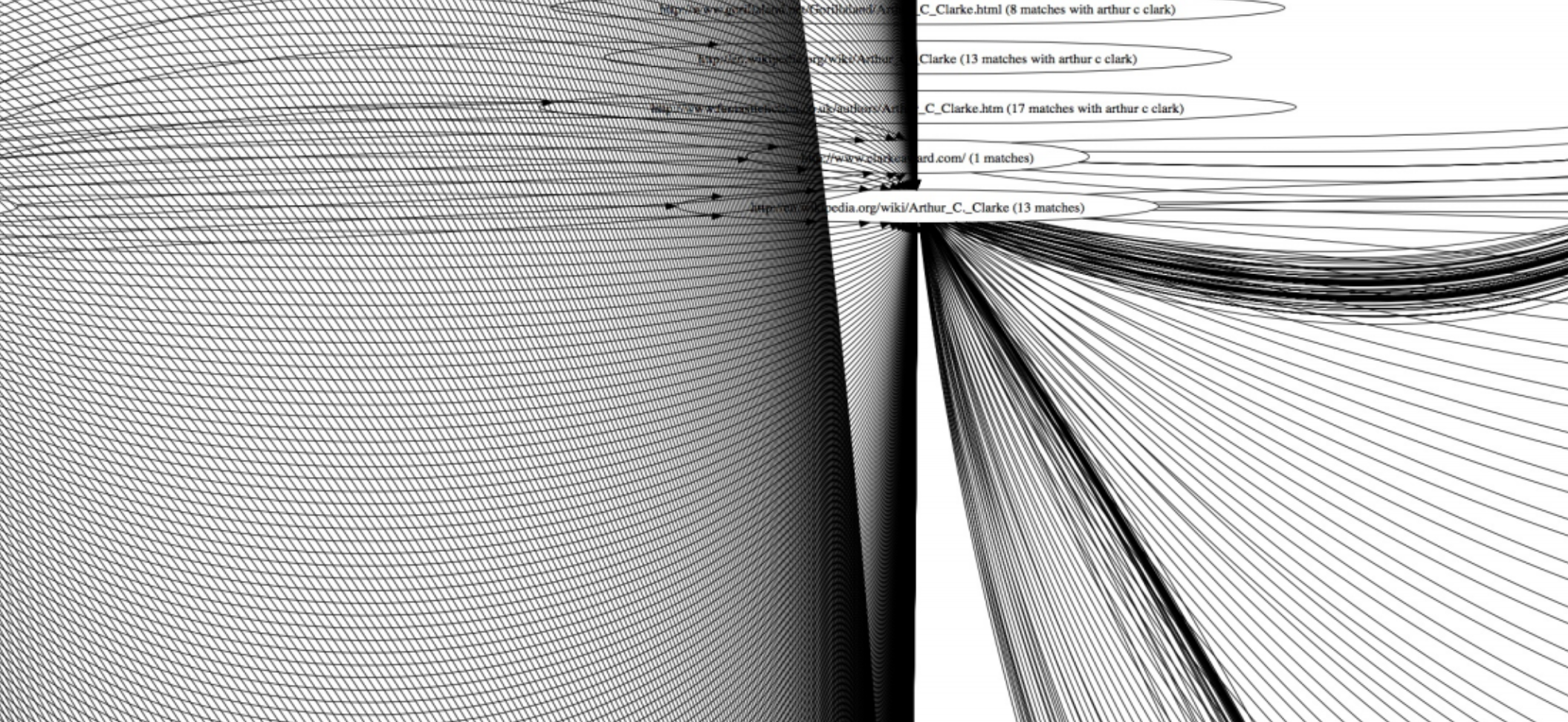
2013
A collaboration with Professor Caroline Bassett and Professor W. Ed. Steinmueller,** Better Made Up **is an exploratory project commissioned by NESTA. This work examines the co-constitution of science fiction and innovation practices through a collection of artefacts and writing including: a long-form article; ‘loops’ of transformational influence; an objects database; and a web-crawler tool.
Science fiction influences technology and innovation practices, and vice versa. Better Made Up traces the relationship between real-world science, technology, and innovation, and science/speculative fiction, marking out multi-dimensional and ongoing pathways of mutual engagement connecting the two.
In the long-form article, we trace a mode of influence between SF and innovation through an investigation of the nature and evolution of genre; the various effects and appeals of different forms of expression, and the ways in which SF may be appropriated by its different audiences. We consider influence as a process of iteration, similar to the iterative cycles seen as technologies are taken up and domesticated.
An objects database was generated holding 280 objects under five categories - mobile phones, means of delivering medicine, food for pleasure and fuel, dispersed humans, and the cloud - taken from science fiction offerings in the past century, with a particular focus on literary content. We selected objects as they were presented in different time periods, but also across genres, in order to explore both temporal and fictional context-based shifts in representation.
Through this database, we traced five conceptual loops as they moved between speculative fictions in film and text, and the ‘real’: transformational paths of reality and re-booting; aversions to vat-grown food; electronic books; tools giving humans further ‘reach’; and notions of the singularity.
The web-crawler was developed to understand, at a different scale, how fictional ideas travel. This lexical search tool, a Perl script, took the designated starting point of a website and search term. It would then search for links beginning on the start point and trace each link out through to the next mention. The aim of this tool was to explore how web search and data visualization can contribute to understanding relations between science fiction, science and technology, expert audiences, and a public sphere.

